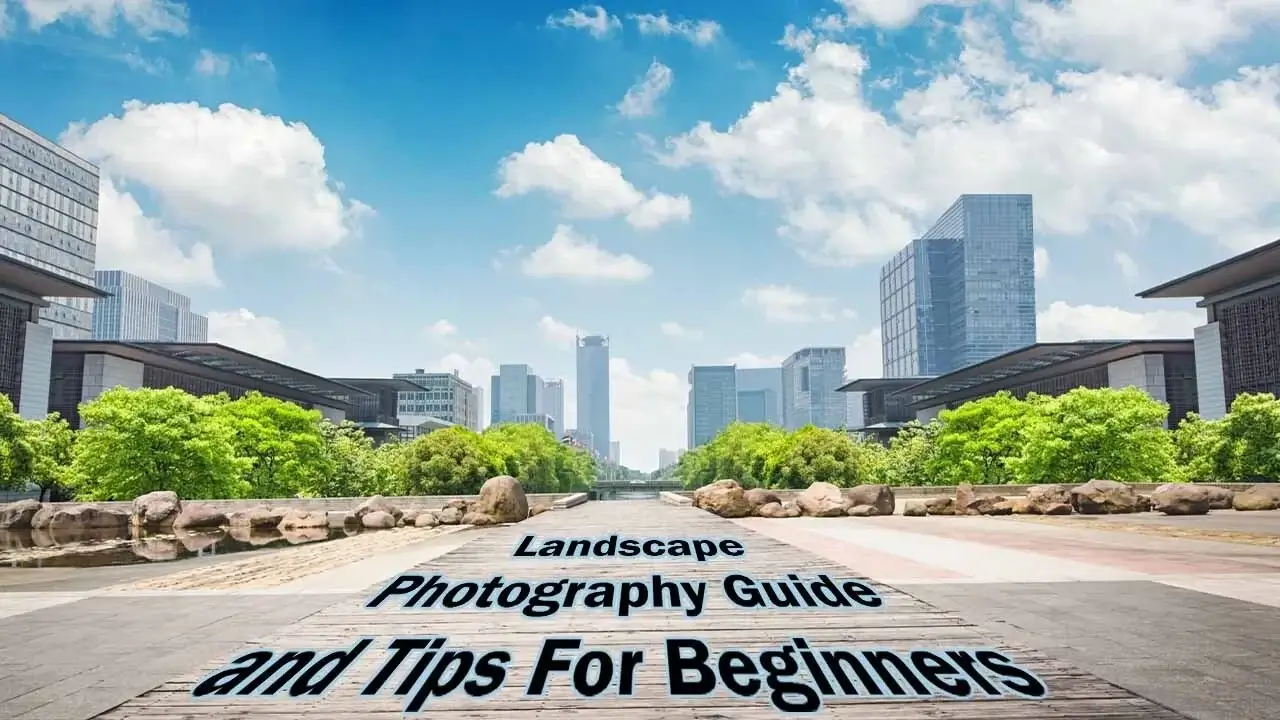Want to take breathtaking landscape photos that look professional? You don’t need expensive gear—just the right techniques. In this guide, you’ll learn 10 proven landscape photography tips. Grab your camera and start practicing today to capture sharper, brighter, and more stunning landscapes.
10 Best Tips for Landscape Photography
Photography is a creative practice that’s both enjoyable and educational. It’s also easier than ever to get started now, thanks to technological advancements. As a result of digital photography, it is no longer necessary to carry around a portable darkroom and wait for hours before snapping a single picture.
As soon as you’re ready, you may start taking pictures of anything that interests you. The technological hurdles to taking beautiful photos have been greatly lowered. But still, while taking landscape photography, some technological issues should be kept in mind.
01. Knowing Your Camera
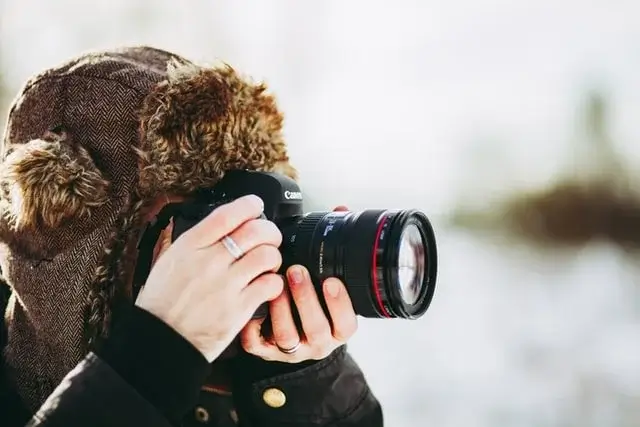
The landscape changes slowly, but sometimes the perfect moment appears – a storm breaking, a rainbow fading, or a wave crashing. To capture it, you must know your camera well. You should practice adjusting settings quickly until it becomes second nature. Being ready can help you capture some of your most striking landscape shots.
02. Choose the Right Lens
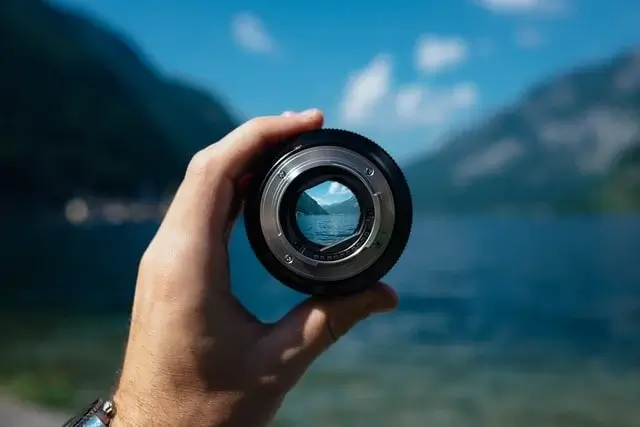
Use a wide-angle, landscape-optimized lens. A wide-angle lens captures more of the scene. For landscapes, focal lengths are usually 35mm or less. Professional photographers prefer ultra-wide lenses below 24mm, but these can cause distortion. Before buying a lens, test it with your camera.
03. Stabilize Your Shots with a Tripod
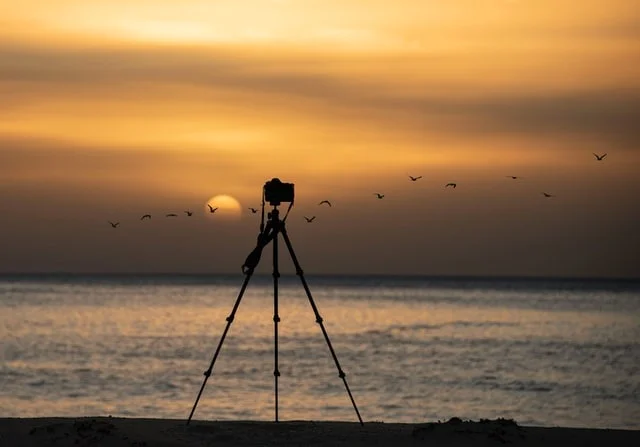
A shaky camera can ruin even the most beautiful landscape shots, especially when using slow shutter speeds. A tripod helps you capture sharper images and maintain focus, even when shooting moving water or clouds.
Not all tripods are equal. Choose one that is sturdy yet lightweight, with features like fast-lock legs for quick setup, an inbuilt bubble level for a straight horizon, and rubber feet with metal studs for extra stability. Using a tripod ensures consistent, professional-quality landscape photos every time.
04. Enhance Your Shots with Filters
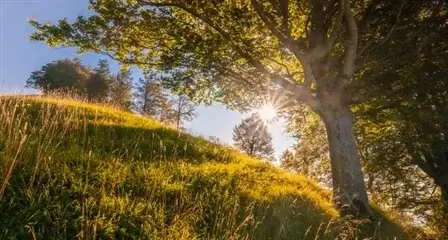
Adding a lens filter can dramatically improve your landscape photos. A polarizing filter reduces glare and deepens the blue of the sky, while a graduated neutral density (ND) filter preserves details in bright skies without overexposing them.
Filters take a bit of practice, but the results are worth it. Start with a polarizer, then experiment with ND filters to create motion blur or silky-smooth water effects. Proper use of filters can instantly make your landscapes more vibrant and professional-looking.
05. Set Up the Camera Manually
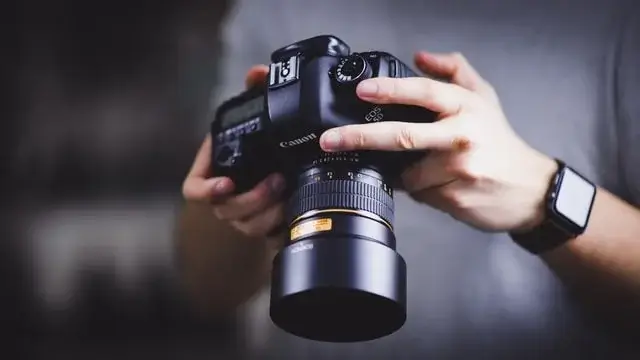
To master landscape photography, you need to understand the exposure triangle: aperture, shutter speed, and ISO. Manual mode gives you full control over light and sharpness.
- Aperture (f-stop): Controls depth of field and light. For landscape shots, use f/11–f/16 for sharp focus throughout the scene.
- Shutter Speed: Controls motion. Use slower shutter speeds (e.g., 1/4s or longer) for capturing movement like waterfalls.
- ISO: Controls sensitivity. Keep it low (ISO 100) in bright light; raise it slightly in darker conditions like sunrise or sunset.
- White Balance: Set to Auto, Daylight, or Cloudy depending on the light condition.
06. Wait For the Perfect Light
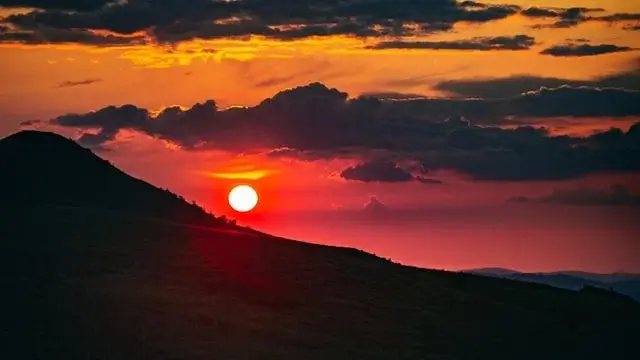
Cameras can’t adjust to contrast as well as the human eye, so waiting for the right light is key. Bright midday sun creates harsh shadows and blown-out highlights, while early morning or late evening light offers a softer, warmer glow. Overcast days also provide even, diffused lighting ideal for landscapes.
If the light isn’t perfect, lens filters can help. A polarizing filter reduces glare and deepens skies, while a neutral density (ND) filter decreases light and color intensity for more balanced shots.
07. Shoot Raw Images

Shoot in RAW rather than JPEG for much better results. Photographs taken in RAW format maintain all of the visual information and allow you to take better pictures (like digital film). Similarly, JPEG reduces the file size by compressing it.
Color improvements, white balance fixes, and other essential digital modifications will require Raw images that are easier to edit. Your landscape photography post-processing technique will be more flexible if you choose RAW as one of your camera settings.
08. Take Photos in the Golden Hour

The Golden Hour occurs immediately before sunset and shortly after sunrise when the light is at its best. It gets its name from the gold color of the light, which bathes the landscape in a warm glow. It is also a very soft light since it must pass through more of the Earth’s atmosphere.
If you can’t go out to photograph during dawn or sunset, choose a gloomy day. The clouds soften the light, which distributes wonderful, even lighting across the landscape — perfect for seascape photography.
09. Use Motion in the Picture
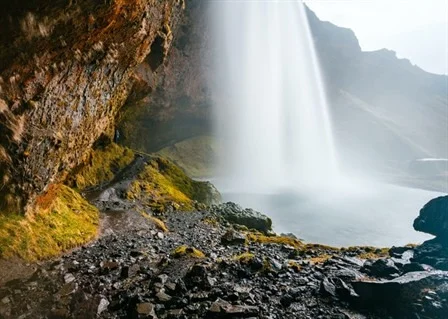
Another good reason to invest in a tripod. Slow down the shutter speed while photographing anything that is moving, such as a stream or a waterfall, to create movement in your image. Depending on the subject matter, the shutter speed may not need to be as slow as you think. For a fast-moving stream, 1/4 of a second may be adequate.
If the aperture and ISO settings don’t enable you to slow down the shutter speed enough, you’ll need to use a neutral density (ND) filter. An ND filter lowers the amount of light reaching the sensor, allowing for a slower shutter speed.
10. Edit Your Photos

Professional picture editing is generally done with image post-processing applications such as Adobe Photoshop and Lightroom. As a result, you may import your RAW photographs and perform a wide range of photo editing tasks.
Photographic editing and modification lessons are available online if you’re not an expert. There are services like photo manipulation, photo retouching, and color correction services that can improve the quality of your photograph.
Conclusion | Landscape Photography
Landscape photography is as much about patience and observation as it is about technique. Start small, practice often, and let the beauty of nature inspire your shots. Grab your camera and head outdoors—try these 10 tips on your next walk or trip. Experiment with lighting, composition, motion, and editing to see immediate improvement in your photos. Don’t wait—capture your first stunning landscape today!
FAQ | Landscape Photography Tips
Piers, railways, walkways, and other leading lines may help to produce interesting landscape photographs by transporting the spectator further into the scene.
1080 x 566 pixels in landscape mode. And 1080 x 1350 pixels for a portrait. 1080 × 1080 pixels square Aspect ratios supported: Anywhere from 1.91:1 and 4:5.
The best times are early morning and late evening during the golden hour.
RAW format is best for landscapes because it preserves all image data. It allows you to adjust exposure, white balance, and colors without losing quality, giving more flexibility in post-processing. JPEG compresses files but offers less editing flexibility.
Related Posts
Expand your photography skills with these helpful guides:
- Different Types of Photography – Explore various photography styles and techniques.
- Kayaking Photography – Learn tips for capturing action shots while kayaking.
- Trending Smartphone Photography Ideas – Take stunning photos with your phone.
- Desert Photography – Learn how to shoot harsh, arid landscapes.

